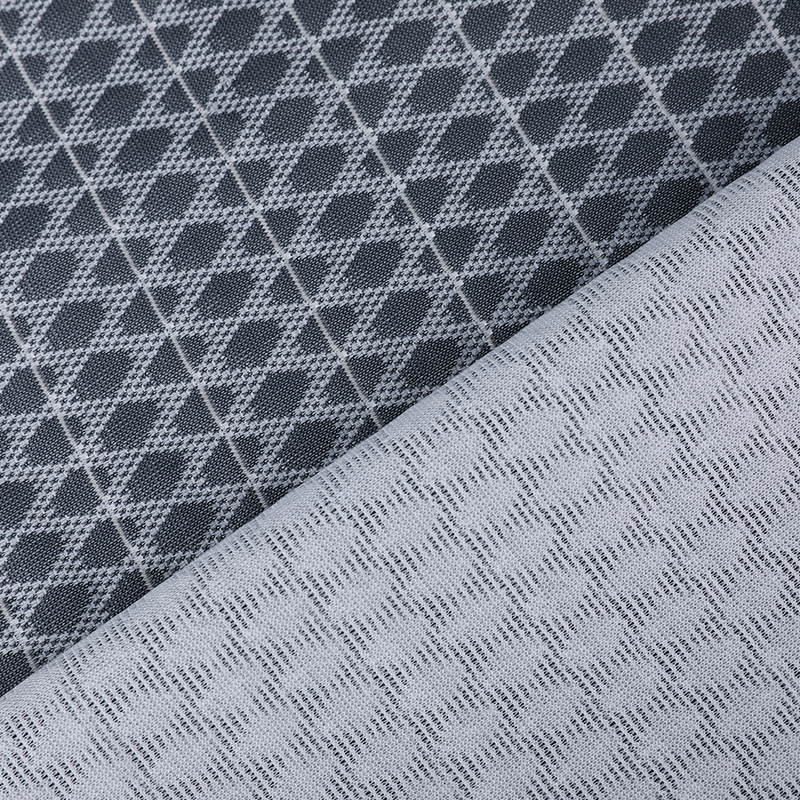The performance of conductive mattress fabric in terms of moisture management and temperature control depends on its material composition, design, and integration with other mattress components. Here’s an overview of how conductive mattress fabric typically performs in these areas:
Moisture Management:Material Properties: Conductive mattress fabrics often incorporate conductive fibers like silver, carbon, or copper, blended with other fibers such as cotton, polyester, or bamboo.The non-conductive base fibers play a significant role in moisture management. For instance, cotton is highly absorbent, while polyester is moisture-wicking and quick-drying.
Wicking and Absorption: Fabrics designed with moisture-wicking properties help draw moisture (e.g., sweat) away from the body and disperse it across the fabric’s surface for faster evaporation. This helps keep the sleeper dry and comfortable throughout the night.Breathability: The breathability of the fabric, which allows air to circulate through it, also contributes to moisture management. Breathable conductive fabrics help prevent moisture buildup and reduce the feeling of dampness.
Temperature Control:Thermal Conductivity: Conductive fibers like silver and copper have high thermal conductivity, which helps dissipate heat away from the body. This can contribute to a cooler sleep environment, especially in warmer climates.Thermal Regulation: Some conductive mattress fabrics are designed to regulate temperature by balancing heat dissipation and retention. They help prevent overheating by conducting excess body heat away while still maintaining enough warmth for comfort in cooler conditions.

Integration with Mattress Layers: The overall temperature control effectiveness also depends on how the conductive fabric is integrated with other mattress components, such as foam layers, cooling gels, or phase-change materials (PCMs). These additional layers can enhance the fabric's ability to manage temperature and provide a more balanced sleep environment.
Factors Influencing Performance:Weave and Construction: The weave and construction of the fabric impact its breathability, moisture management, and temperature control. Open-weave or mesh-like structures tend to offer better airflow and moisture evaporation.Conductive Layer Thickness: The thickness and density of the conductive layer also affect temperature regulation. Thicker conductive layers may offer enhanced heat dissipation, but they should be balanced with comfort considerations.
Maintenance and Cleanliness: Proper care and maintenance, including regular cleaning, help maintain the fabric's moisture management and temperature control properties. Dirt, oils, and residues can affect breathability and moisture-wicking efficiency.
Conductive mattress fabrics generally perform well in moisture management and temperature control due to their combination of conductive fibers and moisture-wicking base materials. Their effectiveness can be enhanced by factors like fiber type, weave, and integration with other cooling or breathable mattress technologies.Users looking for specific benefits should consider the complete composition and design of the mattress to ensure optimal performance.